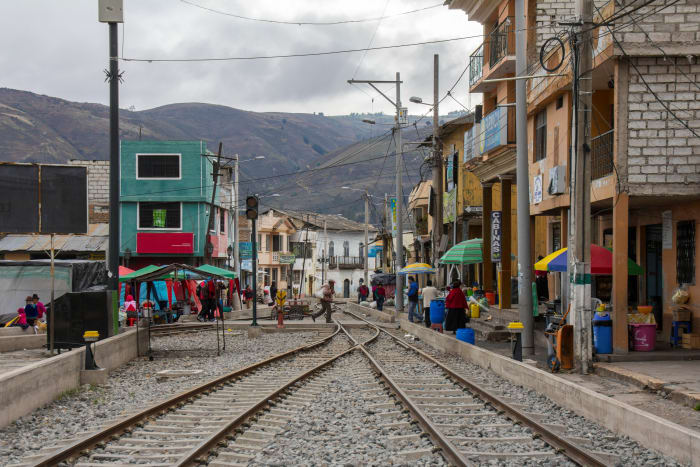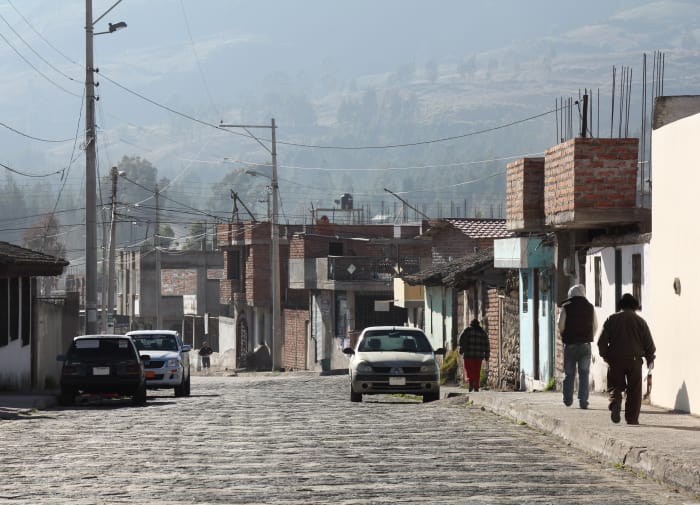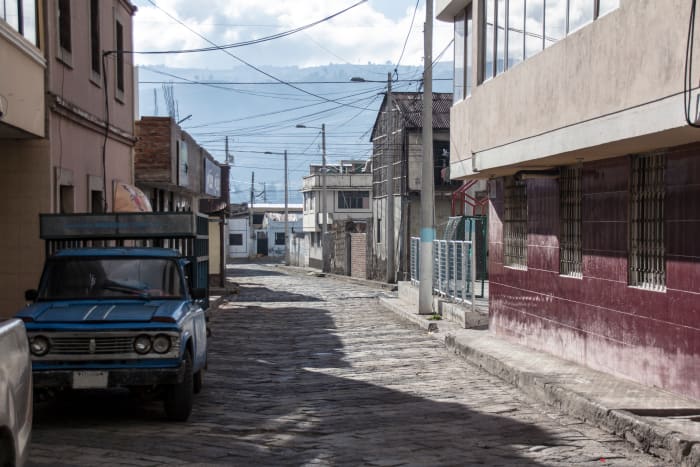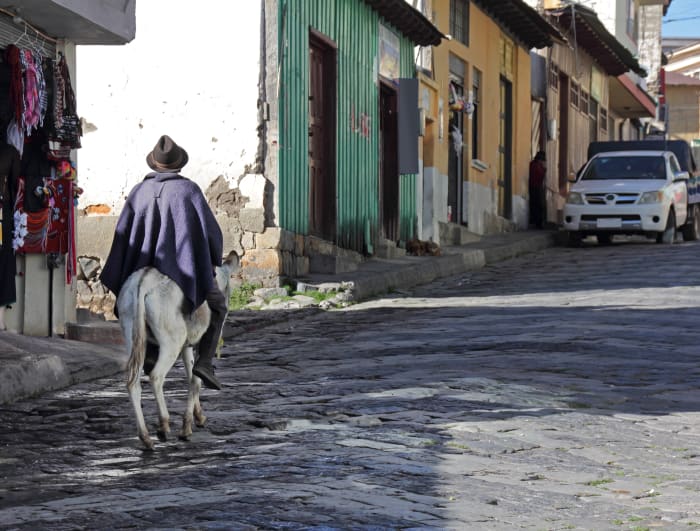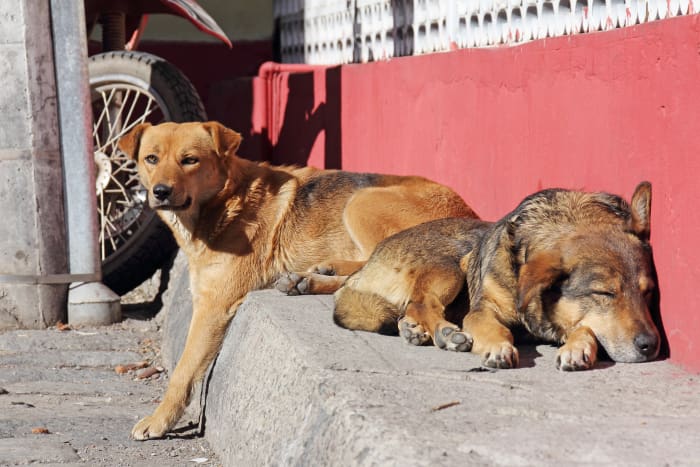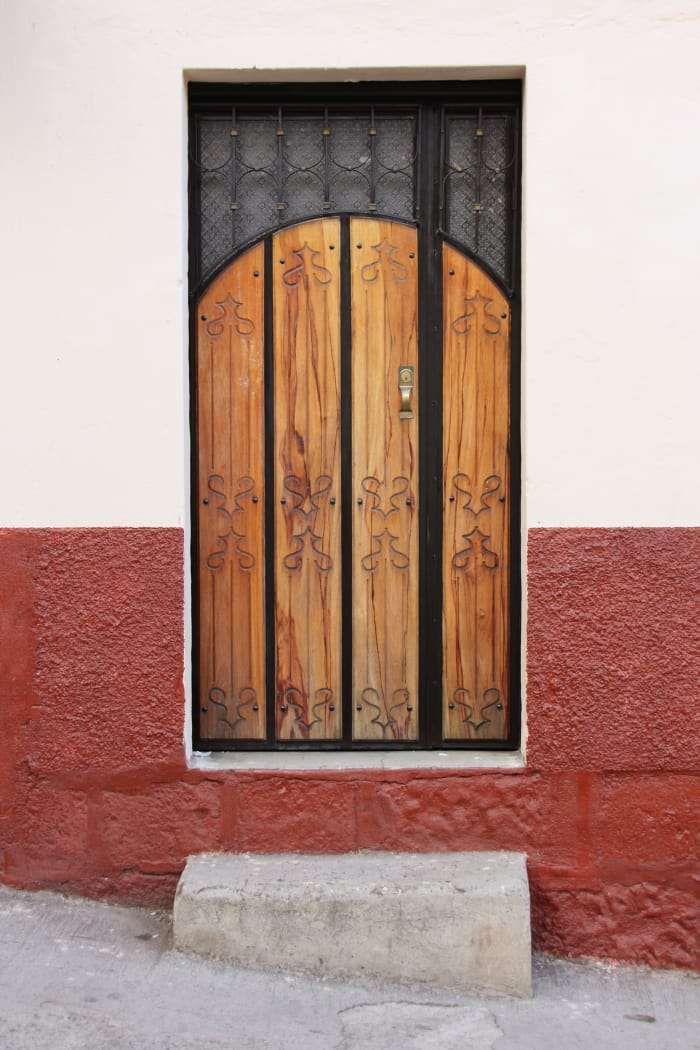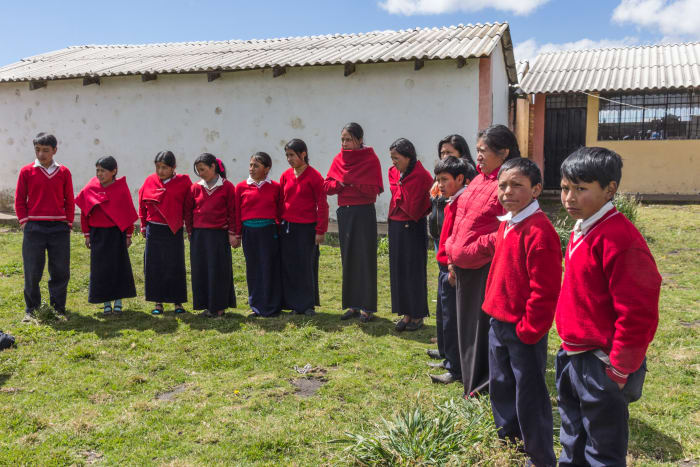Walking the Streets of Guamote Guamote, Ecuador
Half the fun of being in an unfamiliar place is discovering it through exploration. When I lived in Rome, I realized that it wasn't the big architectural landmarks that make a place memorable, it's the feeling of the everyday through the small streets, shops and back alleys. The best way I know to experience that is to randomly walk around and hopefully get a little lost.
This is just another way of saying that it's not about the destination, it's the journey.
Guamote was our home base for a number of days but we weren't actually doing anything in the town.
We would travel to Sablog, or the Gulahuayco girls' school, or go harvesting chochos and then return to Guamote for the night.
By the time we'd return it was dark and opportunities to photograph the streets in daylight were gone.
The only way for me to experience Guamote with daylight was to get up around 6:30 am every morning and explore before our daily activities started around 9:30 am.
Luckily, that's my favourite time for photography anyways. It's not just that the light is softer, but it's a time when there is little motion or activity in the street. (And that's what I prefer, given that I tend to photograph abandoned buildings and environments.)
About Guamote
While Guamote has a population of 35,000 this includes a large rural area outside of the town. The part that is the ‘town’ measures only about 1 km × 1.5 km in size (not very large).
It consists mostly of 2-storey painted concrete buildings with cobblestone roads on a hillside with a noticeable slope. A railroad track runs through the middle of the town and this is also where the train station and central plaza are located.
My daily routine was fairly simple: get up early and start walking in a direction I hadn't walked before. If I recognized something, change direction. The only additional criteria was try not to get too lost so I can be back before the bus leaves.

Thursday market
Guamote shuts down most streets each Thursday as they turn the town into a pedestrian-only market. Vendors setup shops and fill the streets with their stalls. It's not just people selling products and materials—services are provided as well.
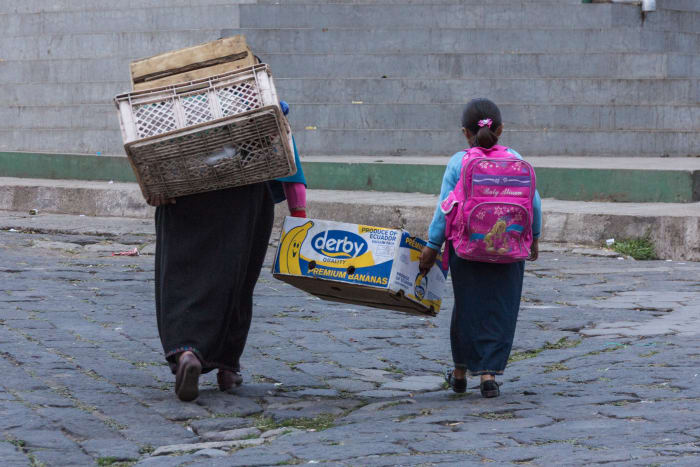
You could find everything from hats, to bananas, to yarn and meat. And everything in between that you can imagine.
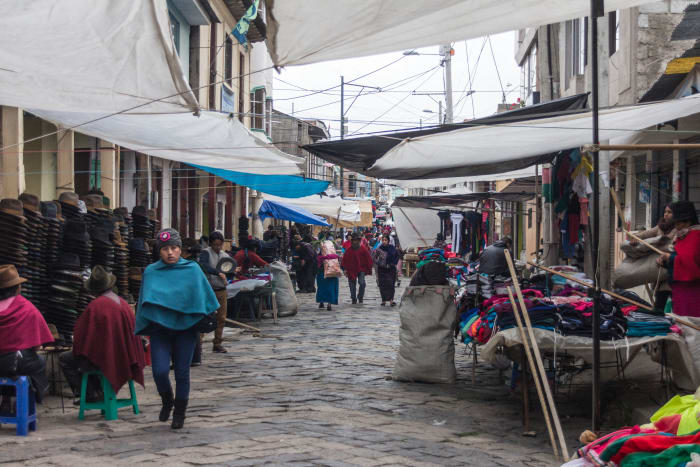
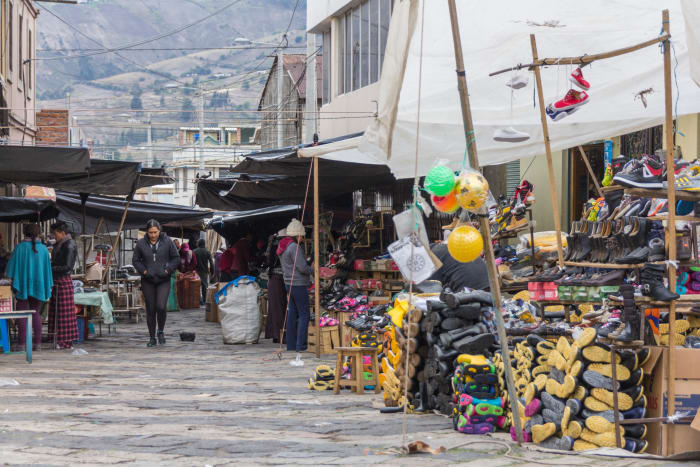
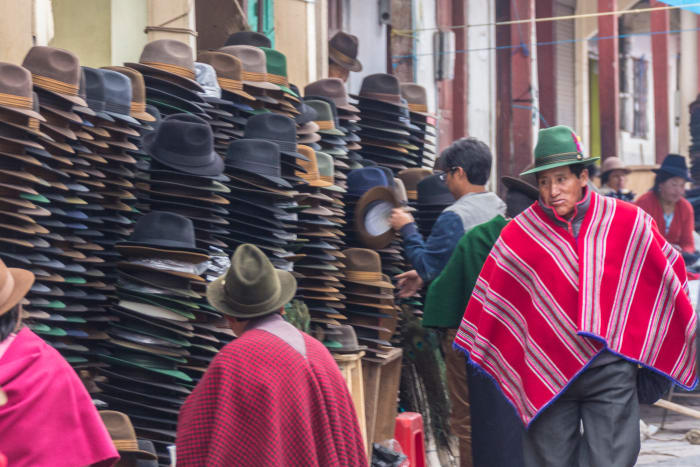
On the services side, I wasn't surprised to see shoe-shining stations. But I didn't expect to see tables with sewing machines and tailors and seamstresses providing services in the street. That was interesting.
And this wasn't happening just in the main square, it was in all of the streets, side streets and alleys. It completely changed the way I moved around the town because it had been transformed into an outdoor shopping mall. I'm glad I was lucky enough to be here this day to see it. Amazing! (Make sure you're in Guamote on a Thursday morning!)
Empty streets
I live in Toronto, and it's hard to find a time when the streets are empty. Wandering around Guamote in the early morning was interesting because it felt like you had the streets all to yourself.
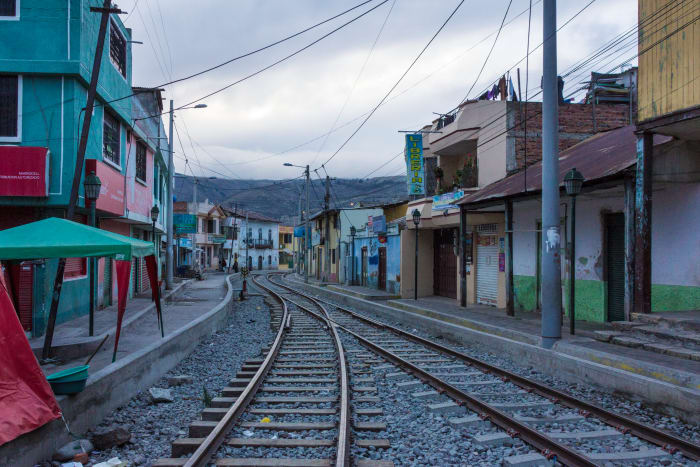
The streets were empty and abandoned (because quite simply, virtually nobody was awake yet). In many ways it's similar to what I typically photograph—abandoned buildings—except that instead of it being a building, there's an entire empty environment to explore.
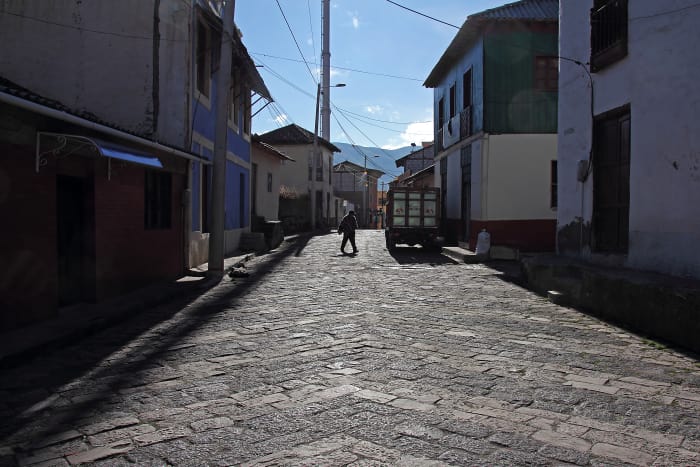
Animals
Animals and livestock were an unmistakable part of everyday life here. From the man riding the donkey up the road, to the recently slaughtered pig hanging in front of the residence next door, the rural connection was clear.
It wasn't uncommon to see someone walking their cows across a downtown street. And while most drivers parked a car, sometimes you'd find a parked donkey.

If you were walking down a street and the front gate to a property was open, you were just as likely to see a cow or pig inside as you were to see a dog or cat.
Apart from livestock and farm animals, you'd also often see dogs and cats roaming the street. While on the edge of the town I encountered a pack of 15 dogs chasing each other around in the brush beside the road. (We were heavily warned to avoid the dogs to avoid getting bitten. I didn't hang around too long to find out if they were friendly!)
Details
No trip would be complete without spending some time looking at the details. Here are some of the things that caught my eye while wandering around.
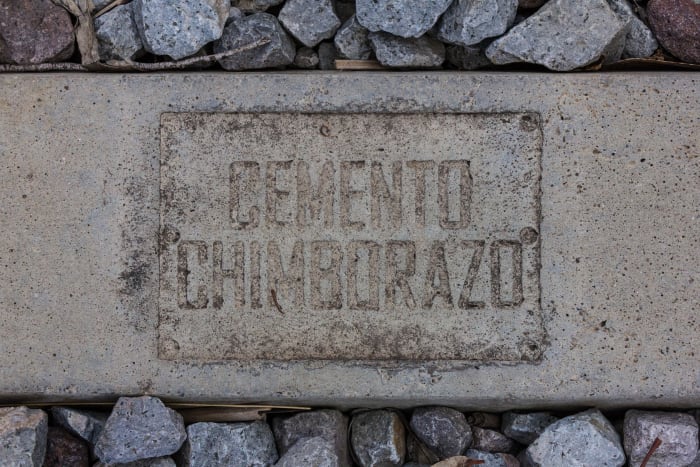
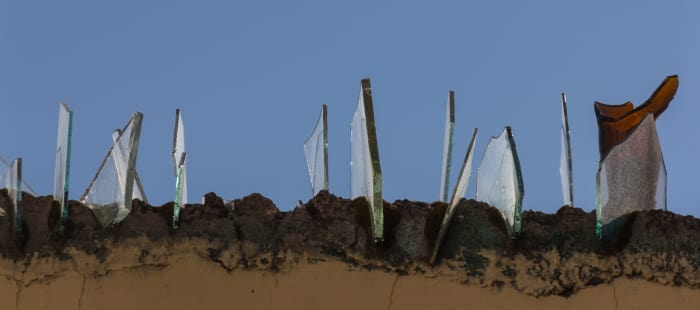
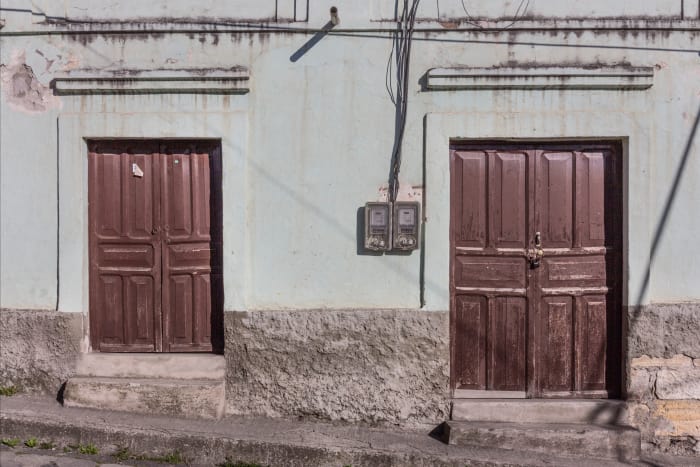
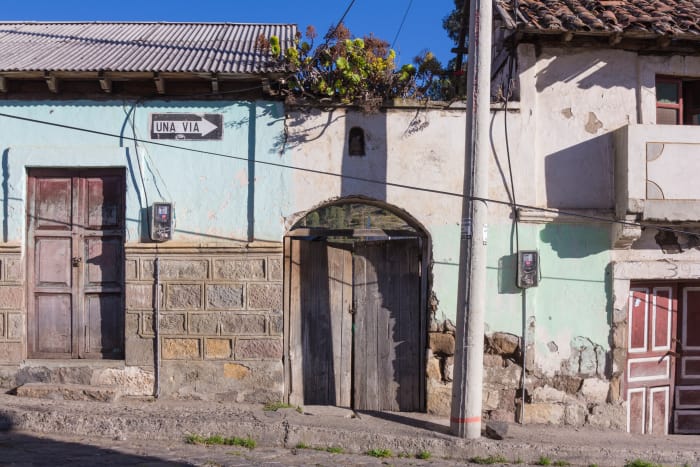
After wandering around every morning for about 5 days, I had a good feel for the different parts of the town. The important thing was that this wasn't driven by visiting landmarks—it was about walking the streets, the alleys, and getting lost on the way.
The key thing to remember is that tours and guidebooks let you arrive at destinations, but they don't provide a journey. That sense of discovery while exploring the streets is what I remember most, and to me is the most important part about travelling anywhere.
